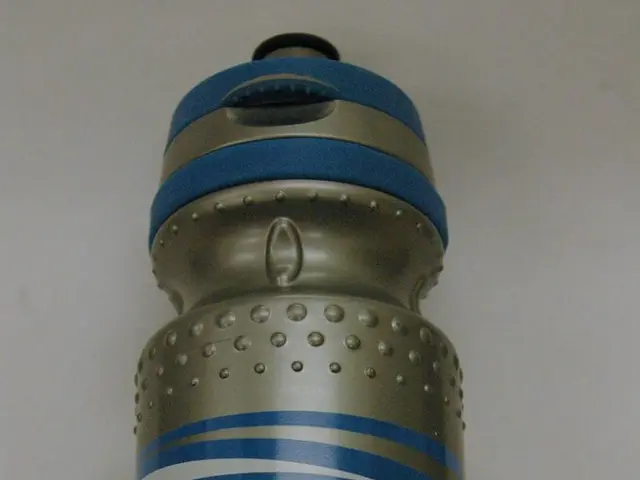Toe joint arthritis: Signs, triggers, and further details
Osteoarthritis of the big toe, also known as hallux rigidus, can cause a range of symptoms including pain, tenderness, inflammation, difficulty in walking, limited range of motion, warmth around the joint, stiffness or loss of flexibility, numbness, tingling, or burning sensation in the ankle or foot.
While there is no cure for osteoarthritis, various home remedies and medical treatments can help slow down the progression of the condition and alleviate symptoms.
Home remedies for osteoarthritis of the big toe focus on pain management, improving joint mobility, and protecting the joint from further stress. These include targeted exercises and physical therapy, heat and cold therapy, over-the-counter pain relievers, supportive footwear, staying active with low-impact activities, herbal supplements and natural remedies, and yoga and gentle stretching.
Targeted exercises and physical therapy can help reduce pressure on the joint and improve mobility. Ice can help reduce inflammation, while heat may relieve arthritis-related stiffness and pain. Over-the-counter pain relievers such as ibuprofen, naproxen, and acetaminophen can help reduce pain and inflammation. Using shoes with a stiff sole and a deeper toe box, medical insoles, and engaging in low-impact activities like swimming and cycling can also help alleviate pain.
Herbal supplements such as turmeric, ginger, and Boswellia have anti-inflammatory properties and may relieve joint pain and stiffness. Consultation with a healthcare provider is advised before starting supplements. Regular gentle stretching and poses such as Child's Pose and Cat-Cow can improve joint flexibility and reduce stiffness.
In some cases, a doctor may recommend arthroscopic debridement, a surgical procedure where the surgeon removes loose, worn-out cartilage from the metatarsophalangeal joint. If the pain causes disability or does not respond to other treatments, surgery may be recommended. A doctor or physical therapist may also develop a personalized exercise program to help strengthen the muscles in the big toe and improve flexibility and range of motion.
Preventing osteoarthritis of the big toe completely may not be possible, but early diagnosis, treatment, and lifestyle modifications can help slow its progression. Risk factors for osteoarthritis of the big toe include aging, obesity, and family history of osteoarthritis. Osteoarthritis typically happens gradually over time due to wear and tear or overuse.
If you are experiencing symptoms of osteoarthritis of the big toe, it is important to seek professional medical evaluation. Doctors may diagnose osteoarthritis of the big toe by performing a physical examination, taking a full medical history, and asking questions about a person's symptoms. They may also order tests such as an MRI, X-ray, or CT scan. If symptoms worsen or do not improve, professional medical evaluation is recommended.
- Science has led to various therapies and treatments for chronic conditions like osteoarthritis, including skin-care solutions, mental-health therapies, and nutrition plans that focus on cardiovascular health.
- Workplace-wellness programs often include classes on nutrition and fitness-and-exercise routines to prevent chronic diseases and improve overall health-and-wellness.
- In addition to osteoarthritis, people with chronic conditions like cancer or respiratory conditions might also experience skin-conditions or eye-health issues that require specialized treatments.
- Chronic-kidney-disease, when left untreated, can lead to a range of complications, including an increased risk for other chronic diseases like diabetes and heart disease.
- For those with osteoarthritis, it's essential to maintain a balanced diet with essential nutrients to support joint health and speed up recovery.
- Sports and physical activity can put extra stress on the body, which may worsen existing conditions like osteoarthritis, leading to the development of skin-conditions or even exacerbating mental-health issues.
- Early diagnosis, lifestyle modifications, and treatments like anti-inflammatory medications or joint injections can help manage the symptoms of osteoarthritis and reduce the risk of complications.
- In some cases, employers offer extended health benefits for workplace-wellness programs that include coverage for medical-conditions like osteoarthritis and chronic diseases.
- To maintain overall health, it's essential to prioritize physical fitness, proper nutrition, regular medical check-ups, and mental health support to prevent and manage a range of chronic diseases and conditions.







